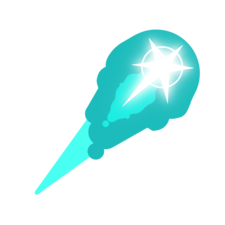Install Steam
login
|
language
简体中文 (Simplified Chinese)
繁體中文 (Traditional Chinese)
日本語 (Japanese)
한국어 (Korean)
ไทย (Thai)
Български (Bulgarian)
Čeština (Czech)
Dansk (Danish)
Deutsch (German)
Español - España (Spanish - Spain)
Español - Latinoamérica (Spanish - Latin America)
Ελληνικά (Greek)
Français (French)
Italiano (Italian)
Bahasa Indonesia (Indonesian)
Magyar (Hungarian)
Nederlands (Dutch)
Norsk (Norwegian)
Polski (Polish)
Português (Portuguese - Portugal)
Português - Brasil (Portuguese - Brazil)
Română (Romanian)
Русский (Russian)
Suomi (Finnish)
Svenska (Swedish)
Türkçe (Turkish)
Tiếng Việt (Vietnamese)
Українська (Ukrainian)
Report a translation problem































































































































































































































































Thanks!
The range 1 heavy flamer is more or less a self-defense weapon that'll hurt ork infantry rushing it, not a weapon you want to use yourself on your turn.
In the Space Marine DLC campaigns, the Vindicator is a lot more useful. But in the main campaign, only their best infantry and dreadnoughts really have any use. Being better than a Predator doesn't mean much when you're not going to want one of those in the first place.
It has 28 shots doing 75 damage/25% piercing, and that alone is phenomenal. Compare the upgraded Vindi to the upgraded Predator Annihilator: both have 28 shots, but the Vindi does more damage (75 vs 65), has more AP (25% vs 20%), has more base accuracy (100% vs 80%), has better armor (75 vs 70), and all other stats except weapon range being identical (speed, view range, unit count, initiative, etc.). AND it costs less (695 vs 850, for the BA versions).
Being only able to fire at exactly range 2, rather than 1-3, can be annoying and require careful positioning for sure; but that's not enough to offset the dozen or so other advantages the Vindi has over the Pred Anni, IMO.
Your guide as been of much help and is really appreciated - thanks for putting up the effort writing it up :)